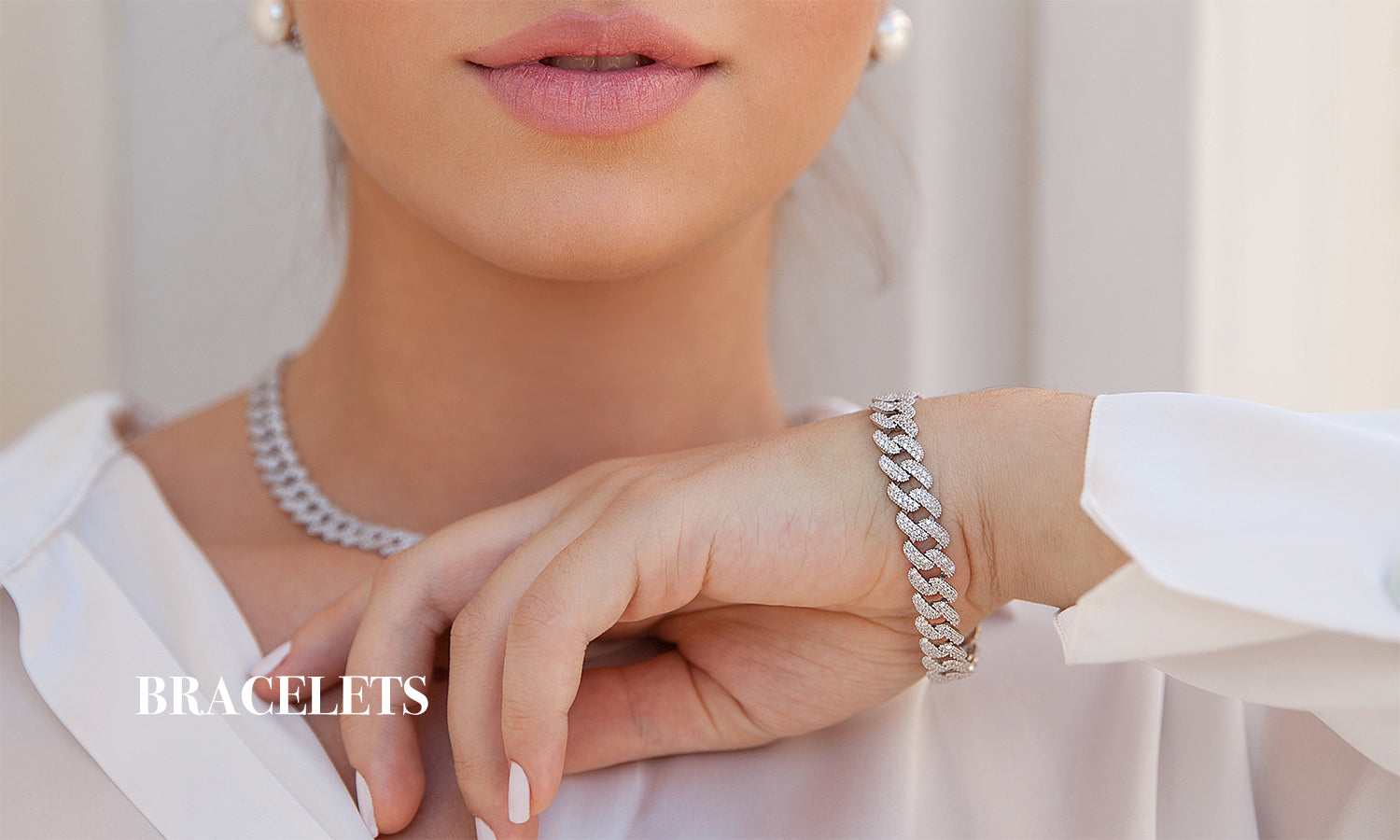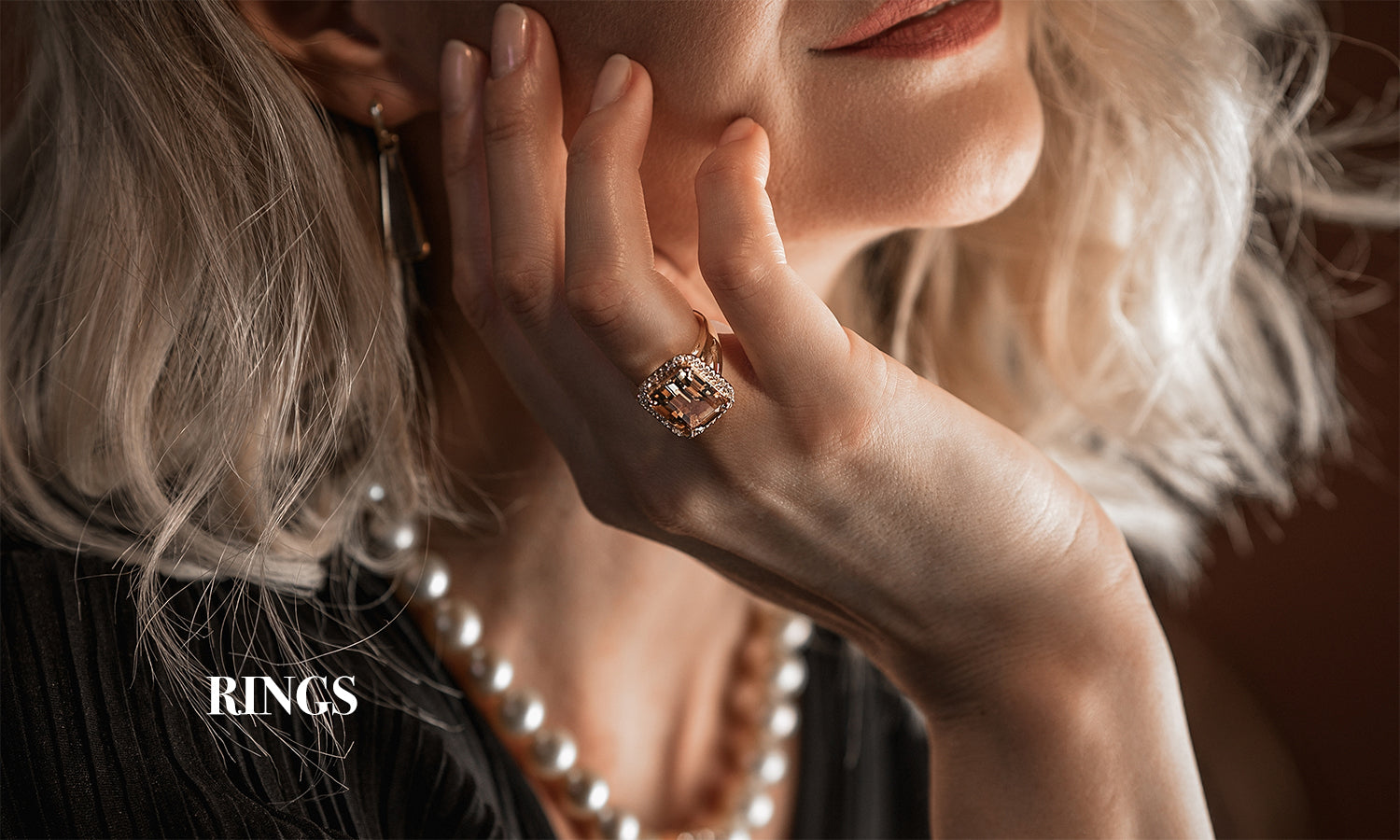The jewelry industry is witnessing a transformative shift with the increasing popularity of lab-grown diamonds. As technology advances, these ethically-produced gems are gaining traction among consumers for their quality, affordability, and eco-friendliness. This surge in demand is revolutionizing the jewelry market, making lab-grown diamond jewelry sales a hot topic in the industry.
|
Aspect |
Details |
|
Market Growth |
Expected CAGR of over 22% from 2021 to 2027 |
|
Affordability |
Typically 20-40% less expensive than natural diamonds |
|
Ethical Appeal |
No conflict diamonds, sustainable and environmentally friendly production |
|
Technological Advancements |
Improved quality and accessibility through CVD and HPHT methods |
|
Consumer Preferences |
Millennials and Gen Z prioritize sustainability, ethics, and value |
|
Key Strategies for Retailers |
Education and awareness, diverse offerings, collaborations, strong online presence |
|
Future Outlook |
Bright, with lab-grown diamonds set to redefine the jewelry market |
The Rise of Lab-Grown Diamonds

Lab-grown diamonds, also known as synthetic or cultured diamonds, are created in laboratories using cutting-edge technology that replicates the natural diamond formation process. These diamonds possess the same physical, chemical, and optical properties as mined diamonds, making them virtually indistinguishable to the naked eye.
The appeal of lab-grown diamonds lies in their ethical production and reduced environmental impact. Unlike mined diamonds, which often involve environmentally damaging practices and ethical concerns regarding labor, lab-grown diamonds offer a sustainable alternative. This eco-friendly approach resonates with modern consumers who are increasingly conscious of their environmental footprint.
Market Growth and Trends

The global market for lab-grown diamonds is experiencing rapid growth. According to industry reports, the lab-grown diamond market is expected to grow at a compound annual growth rate (CAGR) of over 22% from 2021 to 2027. This remarkable growth is driven by several factors:
- Affordability: Lab-grown diamonds are typically 20-40% less expensive than their natural counterparts. This price advantage allows consumers to purchase larger or higher-quality stones for the same budget.
- Ethical Concerns:As awareness of conflict diamonds and unethical mining practices grows, consumers are seeking more responsible options. Lab-grown diamonds provide a guilt-free alternative without compromising on quality or beauty.
- Technological Advancements:Innovations in diamond-growing technologies, such as Chemical Vapor Deposition (CVD) and High Pressure High Temperature (HPHT), have improved the quality and accessibility of lab-grown diamonds.
- Celebrity Endorsements:High-profile endorsements and the incorporation of lab-grown diamonds into luxury brands are boosting their visibility and acceptance among consumers.
Consumer Preferences and Behavior

Today's consumers, particularly Millennials and Gen Z, prioritize sustainability, ethics, and value when making purchasing decisions. Lab-grown diamonds align perfectly with these values, offering a compelling choice for engagement rings, wedding bands, and other fine jewelry.
- Sustainability:Lab-grown diamonds require significantly less energy and water compared to mined diamonds, resulting in a lower carbon footprint. This sustainability factor is a major selling point for environmentally conscious buyers.
- Transparency:With the rise of digital information, consumers demand transparency in the supply chain. Lab-grown diamonds come with detailed certifications and traceability, providing peace of mind regarding their origin.
- Customization:The ability to customize lab-grown diamonds in terms of size, shape, and color appeals to consumers looking for unique and personalized jewelry pieces.
The Future of Lab-Grown Diamond Jewelry Sales
As the lab-grown diamond market continues to expand, retailers and manufacturers are poised to benefit from this growing trend. Key strategies to capitalize on this market include:
- Education and Awareness:Retailers should focus on educating consumers about the benefits of lab-grown diamonds, dispelling myths, and highlighting their similarities to natural diamonds.
- Diverse Offerings:Expanding the range of lab-grown diamond jewelry, from engagement rings to everyday accessories, can attract a wider customer base.
- Collaborations and Partnerships:Partnering with influencers, designers, and sustainability advocates can enhance brand visibility and credibility in the market.
- Online Presence: Strengthening online sales channels and offering virtual try-on experiences can cater to the tech-savvy consumer and increase sales conversions.
Conclusion
The future of lab-grown diamond jewelry sales looks exceptionally bright. With their ethical appeal, affordability, and growing consumer acceptance, lab-grown diamonds are set to redefine the jewelry landscape. Retailers and manufacturers who embrace this trend and adapt to changing consumer preferences will undoubtedly shine in this evolving market.





